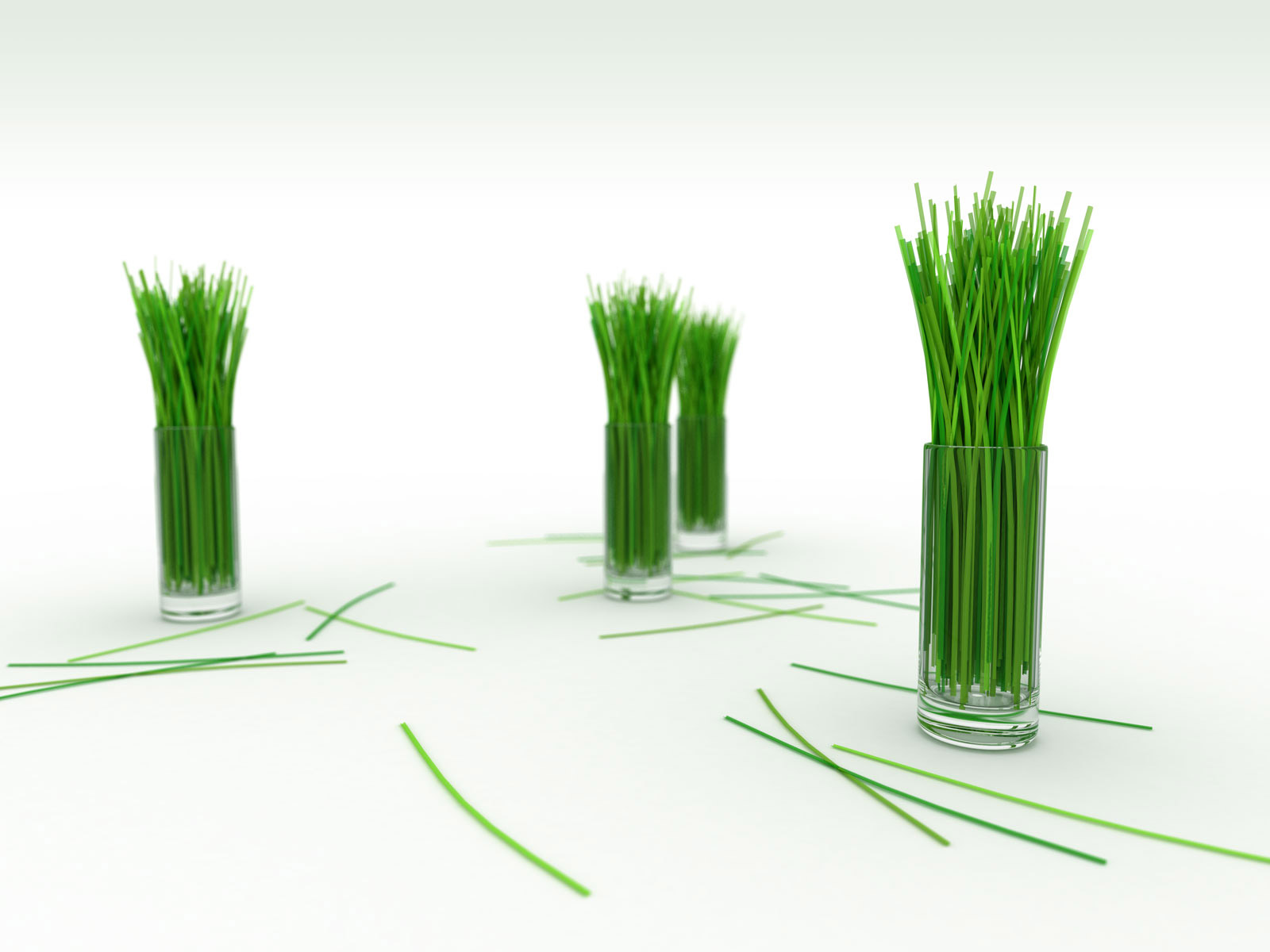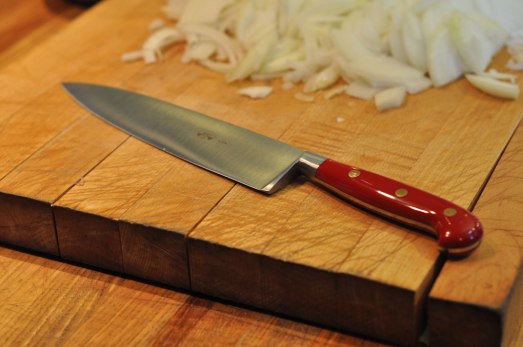A lot of newcomers learning how to cook non-professionally at home or newly-wed couples entering their first kitchen get turned-off of cooking when they learn the various tools and equipment they need to own. Their so and so friends or grandma, or aunties or the various cook books and cooking shows and advertisements trying to sell them the idea that they need to fortify their kitchen with kitchen-ware as if they need to turn their kitchen into a full-blooded 3-star Michelin restaurant.
The fact is, you only need so much of what you will actually use. I will give you a lowdown of what you actually need, based on necessity and personal experience. Of course the list I about to give you is neither definitive nor exhaustive since what you will cook may differ with what I normally cook at home. But I’m giving you an idea of what you may necessarily be using on a day to day basis. This shall be like your basic tool-box, as you improve in your cooking skill, you may decide you need that shiny equipment as advertise in those infomercial in Channel 118 of Astro.
Knife
Now the first thing you need, the most important most essential tools a cook needs to have, is a knife. Not those bullshit 5-knives set with colorful and sometime printed flowery picture that are garbage and where you’ll definitely end up not using them but a simple, decent, chef’s knife. I could probably spend an entire column discussing about the anatomy, physiology and history of a chef’s knife but I wouldn’t want to waste your time. It looks like this:
Please believe me when I tell you that you only need one of that in your entire cooking life. Not those full set, serrated things your facebook/instagram friends try to sell you no matter what stories they cook-up about the “magic” those knives can do. Just buy ONE chef’s knife, the length will depend on how comfortable for you to hold and use it.
For brand, depends on your preference. If you have money to burn, you can go for those high carbon stainless-steel German blades like J A Henckels. Those will set you an upward of RM300++. But high carbon blade is hard to maintain and unless you are prepared to spend fifteen minutes every couple of days working that blade on an oiled carborundum stone, I’d forgo them for vanadium steel instead. The best I can recommend is the Japanese made Global, or Kai. Theirs cost between RM100++ to RM200++. You chef’s knife will be used for everything, cutting, chopping, filleting, slicing, boning, loping, you name it. Learn how to handle your knife properly if you prefer to keep all ten fingers until the day you die, there’s a lot of websites and youtube videos that can offer that. If it ever gets dull then sharpen them as per the instruction the company tells you how to, or if you’re extremely hopelessly lazy just buy a new one.
Pots & pans
Obviously you need them to do the actual cooking. Deep bottom saucepan of various depth, at least two, one large and one medium. I can’t stress enough that your pot/saucepan must be thick-bottom. I don’t care if they tell you that it is bonded with copper, rubbed by the hands of 40 virgins, using the material NASA use to send their rocket into space, a thin-bottom pot/saucepan is good for nothing. If you prefer scorched pasta sauce, carbonized chicken, burnt garlic, then go ahead and buy those “cap harimau” pot/saucepan you can find in those Chinese hardware store.
Sauté pan. You’ll need those for a majority of dishes. They also need to be thick-bottomed and very heavy. How heavy you ask? Heavy enough to cause serious injury when smacked against the head of a person. If you are not sure which will dent; your pan or your victim’s head, then throw away that pan into your trash. If you chose to buy non-stick pan instead, treat it nicer that your wife. Never wash it but wipe it clean after every use. And for God’s sake never use metal on it, use wooden spoon or plastic spatula to toss and turn whatever you’re cooking in it. Metal is like kryptonite to non-stick pan, they’ll scratch the surface.
Wok
A wok is the most versatile equipment to cook with. You can use it for deep frying, stir frying, making sauce, even steaming (heat water on it and put your bamboo steamer on top of it!). I always find stir fried vegetables in a wok tasted better that using a sauté pan. It offers width for cooking that pots and pans sometimes could not.
Oven
The difference between normal oven and convection oven is those convection ovens have fans to circulate air around the food being cook resulting in evenly cooked food in less time than normal oven. Any type of oven is fine so long as it is big enough for you to roast an entire chicken in it. Of course, a bigger oven is always preferred and no, microwave oven is NOT an oven.
Pestle & mortars
Before anyone asks, no, it’s not mortar where the army use in the battlefield as support artillery to blow up enemy soldiers into chunks and pieces. What I mean is lesung batu, and no house in this country at least should be without one.
Blender/food processor
Blender can sometimes handle jobs that food processor normally does, but never the other way around. So if you’re strapped for cash, always put priority over buying a blender than a food processor.
Utensils
The most obvious, you forks, knives and spoons; specifically, you’ll need things like can opener, colander, whisker, potato peeler, tongs, grater, measuring cup which can measure up to 500ml@2½ cup. Anything else I’ve forgotten?
Side ingredients
There are ingredients that separate restaurant quality dishes from home cooked dishes that made all the different in the world. Sadly these ingredients are taken for granted that not many people have them ready all the time or know how to us them properly. Always have these ingredients handy and restock ready to be use at a moment’s notice.
Shallots
These little guys are ubiquitous in this country but are always taken for granted. Not many kitchens have them readily or used in cooking constantly. Perhaps maybe because they are small it is quite cumbersome to peel and people always substitute them with regular red onion thinking them of the same. But no, they’re not the same nor serve the same function. Whenever and whatever you are sautéing, despite it not being called for use in your recipe, always add in chopped/sliced shallots into it, or use it in sauce. They will make a difference to your dish.
Garlic
Garlic is God’s gift to human beings. Treat it with respect. Never put it into that presser thingy they called the garlic presser. Whatever spewed out of that thing, that is not garlic. Smash it with the flat of your knife blade, or using a mortar. Roast it entirely while it is still in cloves to be squeezed out when soft and brown. They will taste as sweet. Sliver it onto your pasta, or your salad dressing, into your aioli or vinaigrette, add it into your marinade for fish or chicken, they will all taste wonderful.
Lemon/lime
Ever wonder why everytime you ordered fried mee at mamak’s they always served it with half a lime? It’s not so that the mee will taste like lime, but rather to have contrast in the taste where the lime acted as vinegar. Add some lemon/lime juice into whatever you are cooking to have that contrast and brighten up your dish. Try this experiment, take a spoonful of whatever you’re cooking and have a taste. Then, take the same spoonful only this time add a drop of lemon/lime juice into it and see the difference.
Butter
Butter is my favourite subject. Despite what you think, every dish you ever ordered in a restaurant starts-off with butter and ended with butter. That nice brown caramelize color you see on my onion is achieved by a mixture of butter and oil. I add in butter as a finisher or starter in almost all dishes that I cook. I finish off my pomodoro (tomato) sauce with butter, roasted anything with a touch of butter, all my soups ended with butter, my scrambled egg always starts with butter, my entire life wouldn’t be complete without butter in my refrigerator. Slather some butter onto a croissant and see your world light up like fireworks. Margarine? That’s not food. Never ever substitute butter with margarine, that’s the worst crime anyone can commit. Learn to know how to differentiate between both. If it’s cheap, less than RM5, and you can find the word “palm” and “oil” in the ingredient’s list, that’s margarine. Butter is always made from dairy.

